To be successful, service designers must know how to influence stakeholders, align their goals, and motivate them to prioritise the customer’s needs throughout the project lifecycle, and perhaps beyond. We present two toolkits for service designers to influence and manage stakeholder relationships successfully.
TOOLKIT 1 ASSESS
Everyone we spoke to agreed that a successful project meant having the right people engaged early on. They reported spending three times as much time on stakeholder engagement than they had planned, and one spent 80 percent of her time, on average, engaging with internal stakeholders.
The activities we developed rely heavily on the service designer’s innate strengths in user-centred design. Building on those strengths, our approach treats internal stakeholders as a set of customers.1
PART I: Identify Internal Stakeholders
Exercise: Stakeholder Brainstorm
- Participants: Service designers and core team
- Materials: Sticky notes and markers
- Instructions: Post prompting questions. Using sticky notes, write names of all stakeholders relevant to each question. Include titles and departments.
- Prompting Questions:
- Who will be the project decision makers?
Our research confirmed that it is essential to have the right support from executives who communicate the project as a priority. Some interviewees said they would not take on a project without that level of executive support.
- Who is sponsoring the project?
Checking for executive sponsor is imperative because service designers often have little power and no direct access to key resources.
- Who is responsible for the project?
If they have high visibility and other high profile projects, it brings valuable clout and credibility to the project and team.
- Who is working on related projects? Are there opportunities to align or collaborate?
- Who could obstruct the project?
- Who else could support this project? To attract the right partners, think of who the project might be a ‘win’ opportunity for.
PART II: Empathise with Internal Stakeholders
Schedule interviews with stakeholders to understand their attitudes, needs, fears, goals and behaviours. (Refer to Part IV for topics you will want to cover.)
PART III: Assess Stakeholders’ Relationships with You and the Project
Exercise: Stakeholder Relationship Assessment
- Participants: Service designers and core team
- Materials: Sticky notes from Part I, findings from Part II and markers
- Move the sticky notes from the previous exercise onto a matrix of Influence vs. Stakes. ‘Influence’ refers to an individual’s clout within an organisation and ‘Stakes’ demonstrates their level of investment in the success of the project.
- Once all sticky notes are plotted, use a marker to indicate their ‘Customer Degree of Separation’ – how removed they are from interactions with a customer at a touchpoint. Use a 1-5 scale, ‘1’ being someone with direct contact with customers (e.g. the person is a support representative) to ‘5’ for those who are four or more levels removed from customers.
- On a separate sheet, indicate the ‘Temperature’ of each person, reflecting their attitude toward the project as ‘Warm’ or ‘Cold’.
- Using the same set of stakeholders, map them a second time. Move the stickies relative to how much ‘social capital’ you and the core team have with that individual. Reza (the organisational psychologist) describes how social capital works: “If you’ve helped somebody, usually the process of reciprocity is at work, whether it’s apparent or not. Goodwill is built up and asking for help is a lot easier.”



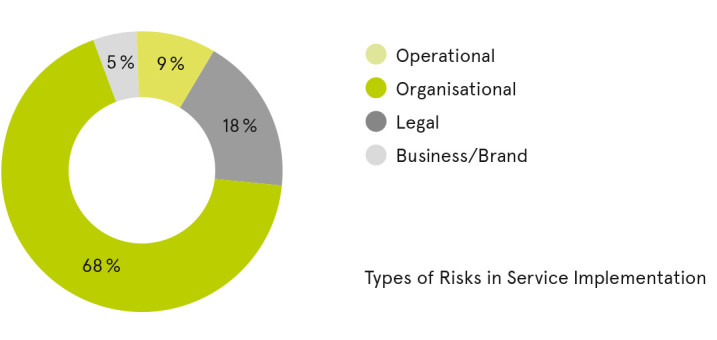
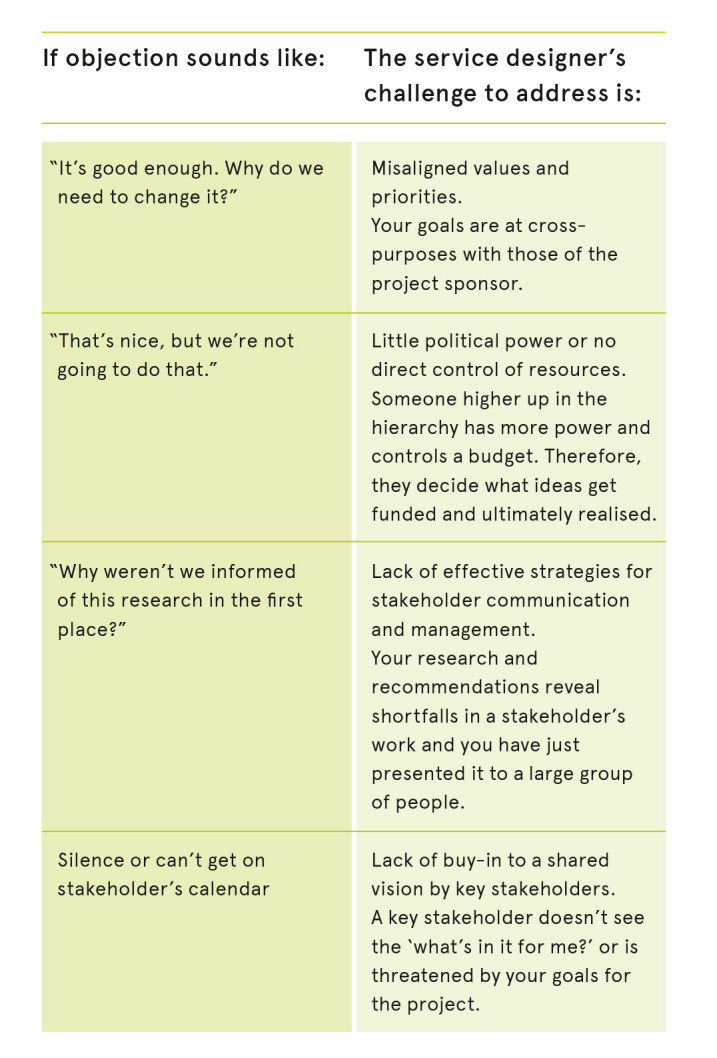
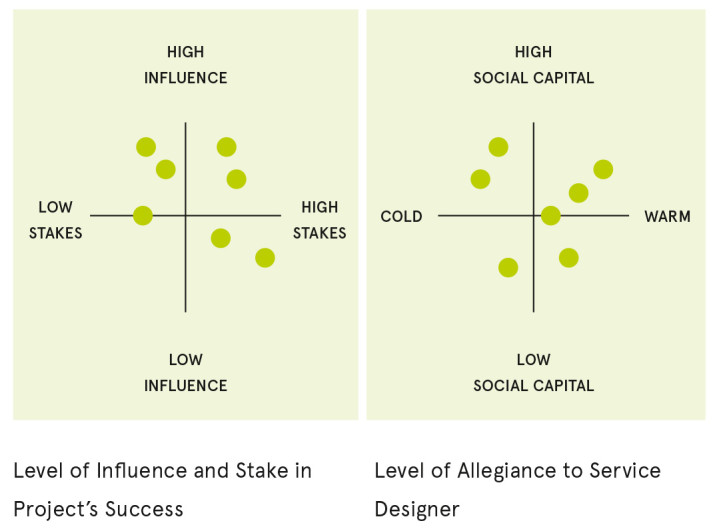
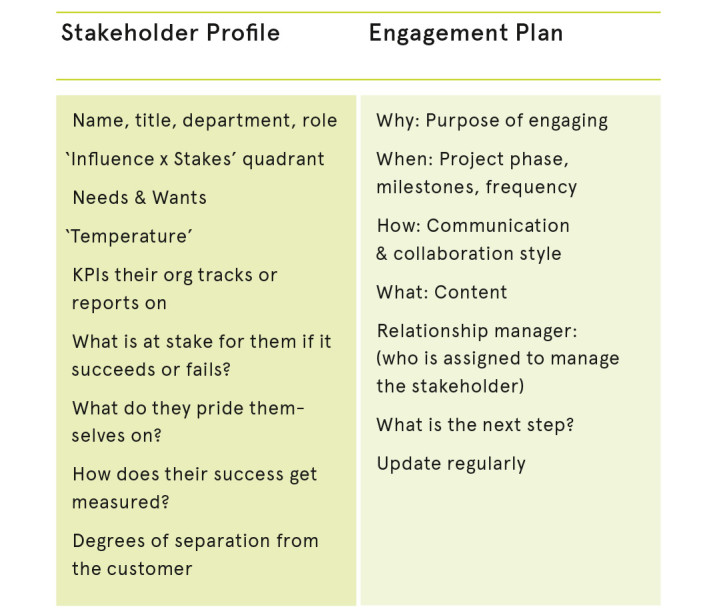
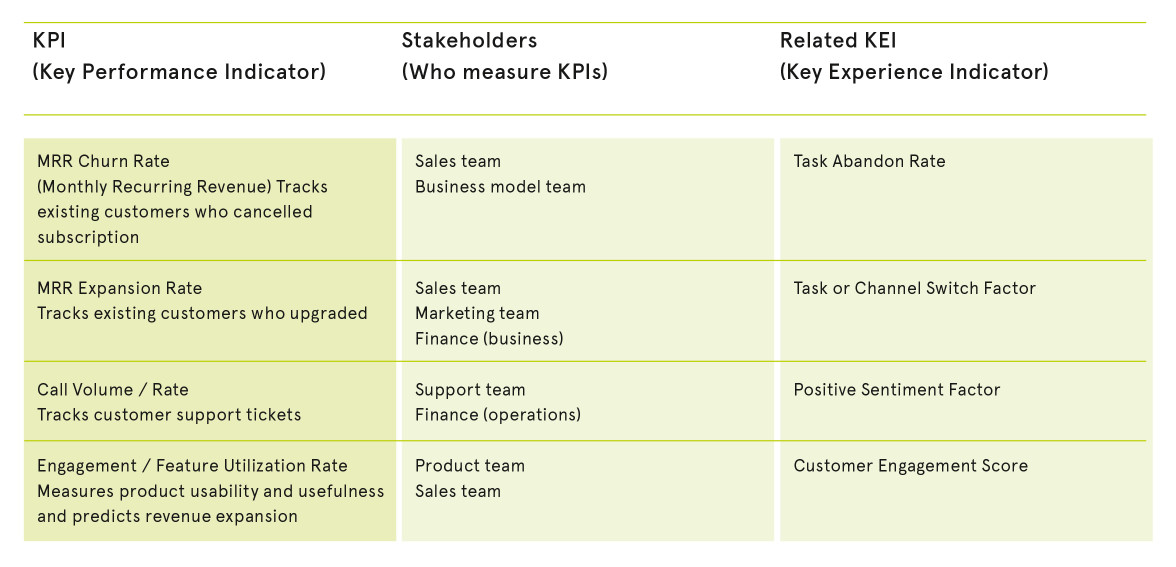


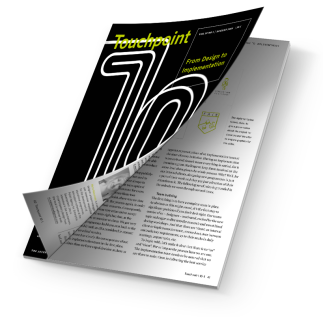

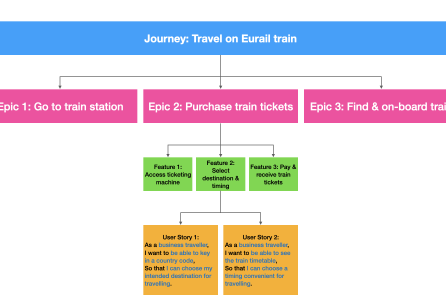
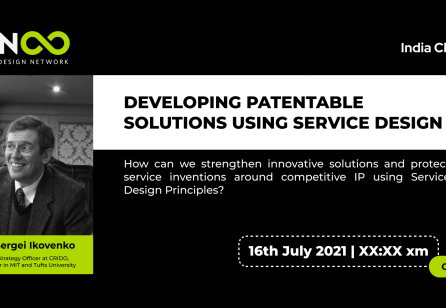


Share your thoughts
0 RepliesPlease login to comment